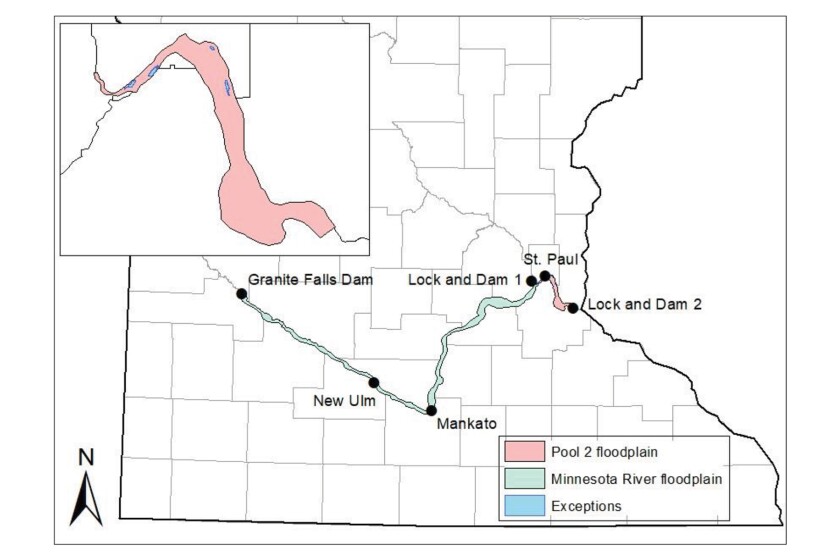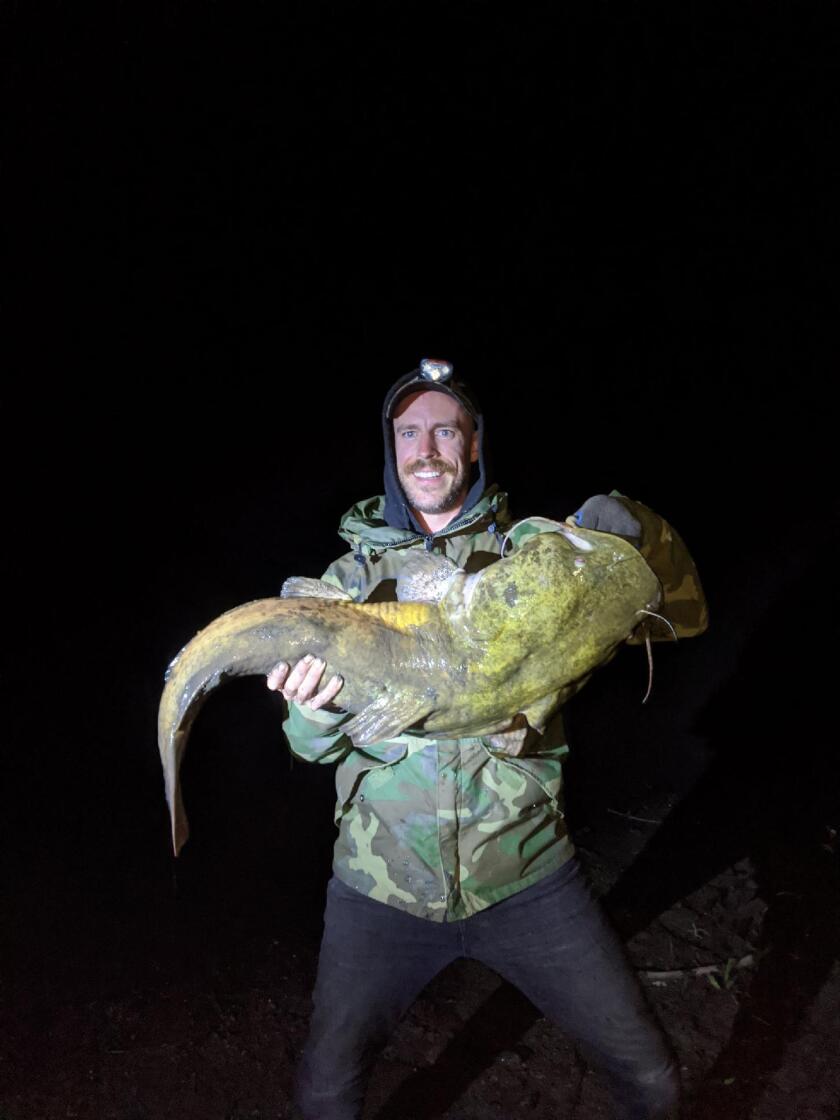— Come July 1, anglers can legally use two lines during the open water season while fishing the Minnesota River downstream of the Granite Falls dam to Pool 2 on the Mississippi River.
Governor Tim Walz signed into law the legislation that opens roughly 250 river miles of the Minnesota River for two-line fishing. Anglers are restricted to one line while fishing all other inland waters except during the ice fishing season, when two lines are allowed.
ADVERTISEMENT
“I am in celebratory mode since the governor signed it,” said Darren Troseth, of Jordan. He guides on the Minnesota and Mississippi Rivers as 3 Rivers Fishing Adventures, and is an avid angler with catch-and-release trophies for flathead catfish and sturgeon to his name.
Troseth is a long-time advocate for two-line fishing. He had also been a member of the catfish working group, a citizens committee of stakeholders appointed by the Minnesota Department of Natural Resources. The catfish working group championed two-line fishing on the Minnesota River “since day one,” said Jack Lauer, DNR southern region fisheries director in New Ulm. The working group sent a formal proposal for two-line fishing to the DNR in 2018. It is the basis for the new law.
Lauer said the proposal reached the Legislature with support from the DNR. The Minnesota River is an under-utilized fishery, and anglers are well dispersed along its length. The DNR believes the new rule will likely have a negligible impact on fish populations, he explained.
Two lines or more are allowed in all of the states bordering Minnesota, Troseth pointed out.

The use of two lines can make a world of difference for anglers seeking catfish, especially trophy flathead catfish, according to Troseth. “You can have a live bait out and not get a hit, and you’re thinking to yourself: What if I would have had a cutbait out?” he said. With the new rule, an angler can put out one of each to improve their odds.

An angler can put out a live bait such as a bullhead while hoping to catch a trophy flathead catfish. With the second line, the angler can cast for other species, such as white bass or walleye, or work a cutbait for channel catfish. It will increase the opportunities to catch fish and have fun, Troseth pointed out.
Few believe the rule will adversely affect flathead catfish. There is already a strong ethic in place among most of those seeking trophy flathead catfish. Most practice catch-and-release, Troseth and Lauer agree.
ADVERTISEMENT
Lauer also pointed out that catch-and-release is the law for other trophy species in the Minnesota River, such as sturgeon.
Pool 2 in the Mississippi River is open year ‘round for angling, but it is a catch-and-release fishing opportunity only for walleye, sauger and largemouth and smallmouth bass.

The DNR does not believe the two-line rule will adversely impact walleye and other gamefish in the Minnesota River, either. Tom Kalahar, of Olivia, is an avid angler and promoter of fishing the Minnesota River. He concurs that two-line fishing is unlikely to impact the harvest of walleye, sauger or other game fish on the river.
For starters, fishing the river is much different than fishing a lake. Anglers aren’t going to be trolling the river with artificial baits in tow. Fishing walleye on the river means dropping a bait to the bottom and keeping it out of snags, he pointed out.

The river holds abundant numbers of channel catfish and they are targeted as table fare by many anglers. Lauer said their numbers remain good and it's not likely the two-line rule will impact the population.
Kalahar is hopeful the two-line rule will help introduce more people to fishing the river. For all it offers, he remains surprised by how frequently he has the river all to himself.
“There’s not a good reason why we can’t use two lines on the Minnesota River,” said Kalahar.
ADVERTISEMENT
Lauer said the change is not a sign that the DNR is open to expanding two-line fishing to all inland waters. That issue remains a “non starter” within the DNR.
There remain many outside the DNR who will likely continue to advocate for the expansion of two lines for all inland waters. Troseth said he is dropping out of his advocacy role now. He pointed out that he started his work seeking a two-line rule in 2008, when he sent his first email to then State Representative Al Juhnke of Willmar on the topic.
Juhnke served in the legislature from 1996 to 2010. He had advocated for a two-line rule on all inland waters. He suggested adding a $5 fee to fishing licenses for the privilege.
To be clear here: There is no increase in the license fee to use two lines on the Minnesota River. Lauer said the DNR will now likely be getting the word out about the change and the fact that it starts this July 1.
He said the decision to use the Granite Falls dam as the starting point for the new rule is for a number of reasons. It’s a significant feature or checkpoint and easy to define. Upstream areas including Lac qui Parle and Marsh Lakes have backwaters that make it more difficult to define the boundaries for the rule.
Those lakes are also managed as significant game fishing destinations.

Another consideration was the fact that flathead catfish are not found upstream of the Granite Falls dam. Since its erection at the start of the 1900s, it has been a barrier to fish migration, he explained.
The Minnesota River is considered one of the country’s destination rivers for trophy catfishing. The Minnesota River, the Mississippi River below the Coon Rapids dam, and the St. Croix River below Taylors Falls are the only waters in the state holding flathead catfish.






















